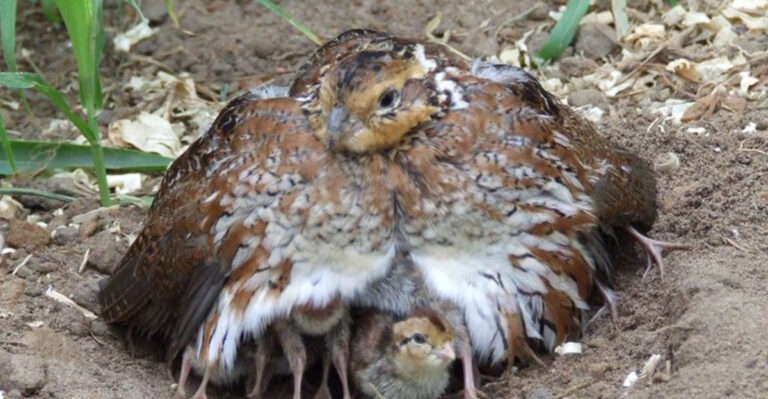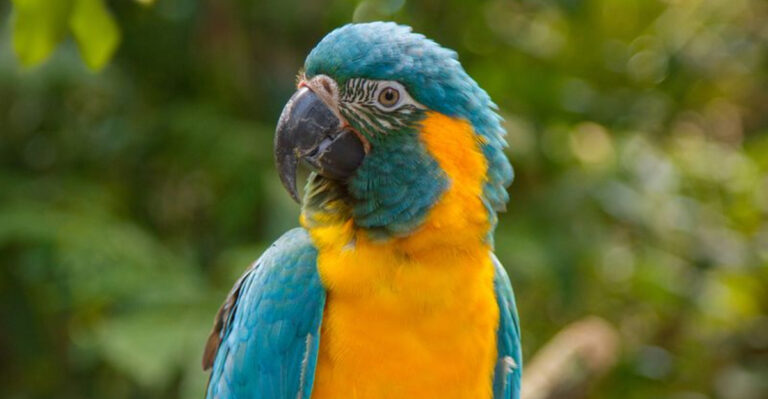15 Loud Pet Birds That Can Be Annoying Sometimes
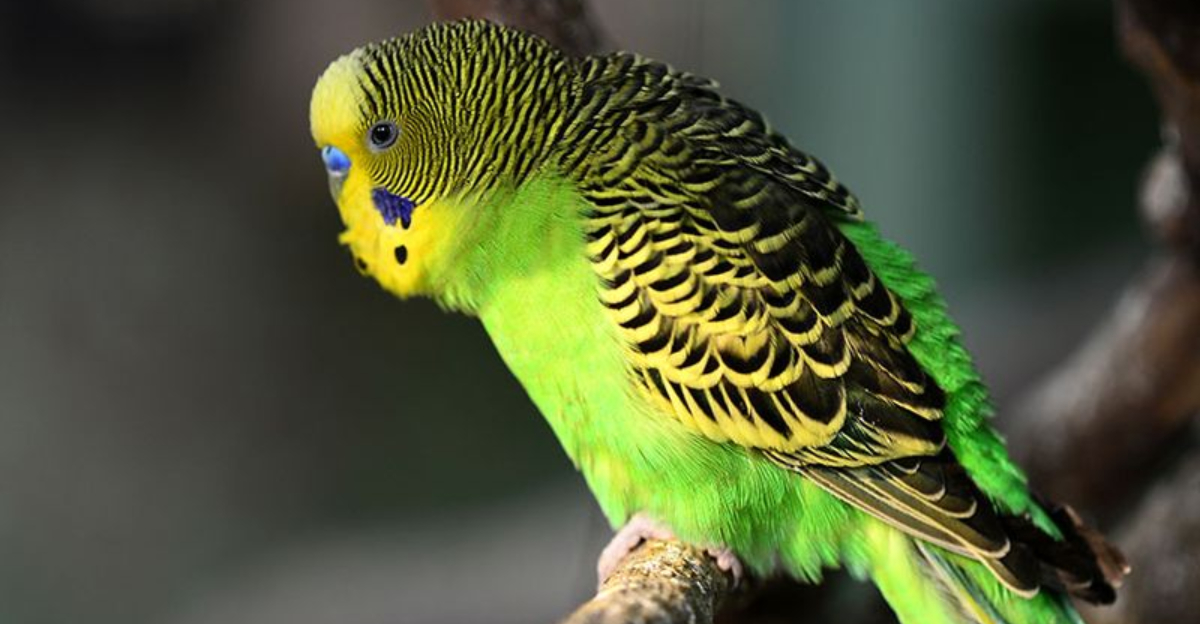
Birds make wonderful pets with their colorful feathers and charming personalities. But let’s be honest – some feathered friends have voices that could wake the dead!
If you’re considering adding a bird to your family, you might want to know which species could test your patience with their ear-splitting calls and constant chatter.
1. Sun Conures
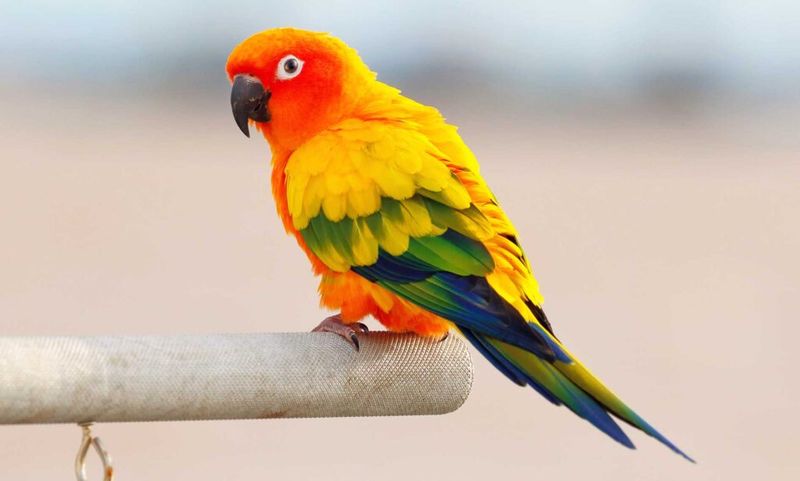
These rainbow-colored beauties pack serious vocal power into their small bodies. Sun conures communicate through piercing screams that can reach surprising decibel levels, especially during morning and evening hours.
While utterly gorgeous with their golden-yellow and orange plumage, their enthusiastic greetings might have your neighbors filing noise complaints. Their calls can travel for miles in the wild – unfortunately, your living room isn’t quite as spacious!
2. Cockatoos
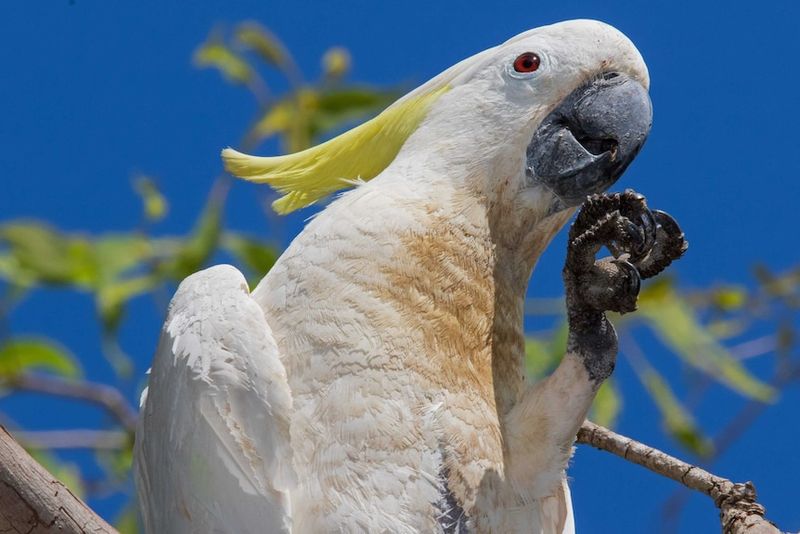
Imagine having a toddler with a megaphone that never grows up. That’s essentially what owning a cockatoo is like! These intelligent birds with spectacular crests use their powerful lungs when bored, excited, or simply craving attention.
Many cockatoo owners invest in soundproofing their homes. Their screams can reach an astonishing 135 decibels – comparable to standing near a jet engine during takeoff. Despite their noise, their affectionate nature keeps owners devoted.
3. Macaws
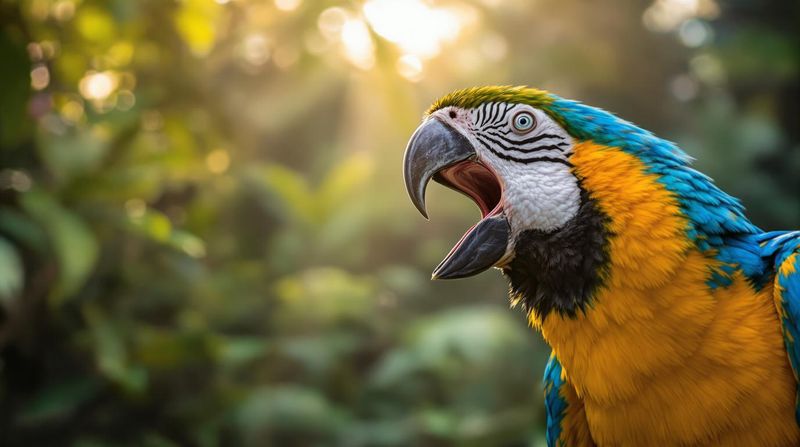
Crowned the kings of bird volume, macaws possess calls that carried across rainforest canopies for evolutionary reasons. Unfortunately, these calls work equally well bouncing off apartment walls.
Their morning wake-up calls rival any alarm clock, starting precisely at dawn. Brilliant blue, red, and green plumage might distract visitors from their ear-splitting screeches, but you’ll never forget their impressive vocal range. Some macaw screams have been measured at over 105 decibels!
4. Amazon Parrots
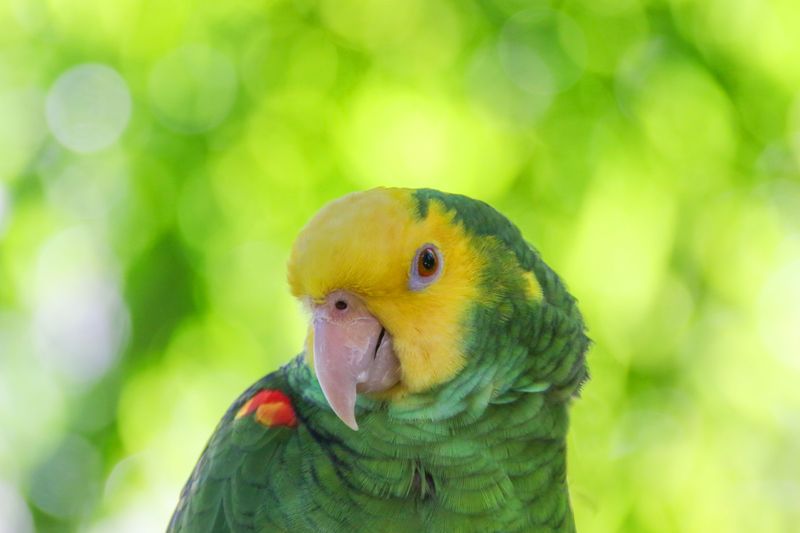
Famous for their impressive talking abilities, Amazon parrots don’t just mimic speech – they broadcast it at maximum volume! Their repertoire includes whistles, calls, and human phrases repeated at surprising moments.
Yellow-naped and double yellow-headed Amazons rank among the loudest talkers. Morning and evening “social hours” feature particularly enthusiastic vocalizations. When excited, their calls can pierce through closed doors and windows, announcing their presence to the entire neighborhood.
5. African Grey Parrots
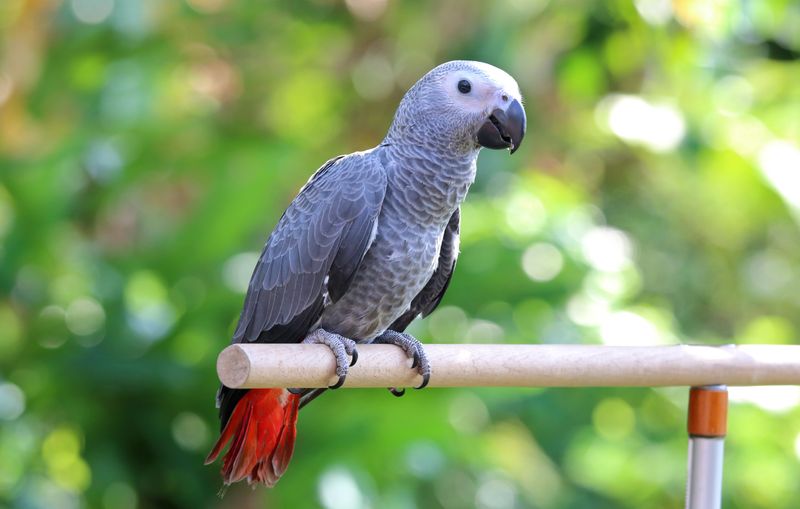
Renowned for their intelligence and vocal abilities, African Greys create an impressive variety of sounds. From perfectly mimicked phone rings to household appliance noises, these birds become walking sound effects libraries.
Their conversational abilities mean they’ll interrupt your phone calls with perfectly-timed phrases. While not as ear-splitting as some larger parrots, their persistent chatter creates a constant soundtrack. Many owners report their Greys developing vocabularies exceeding 1,000 words!
6. Quaker Parrots
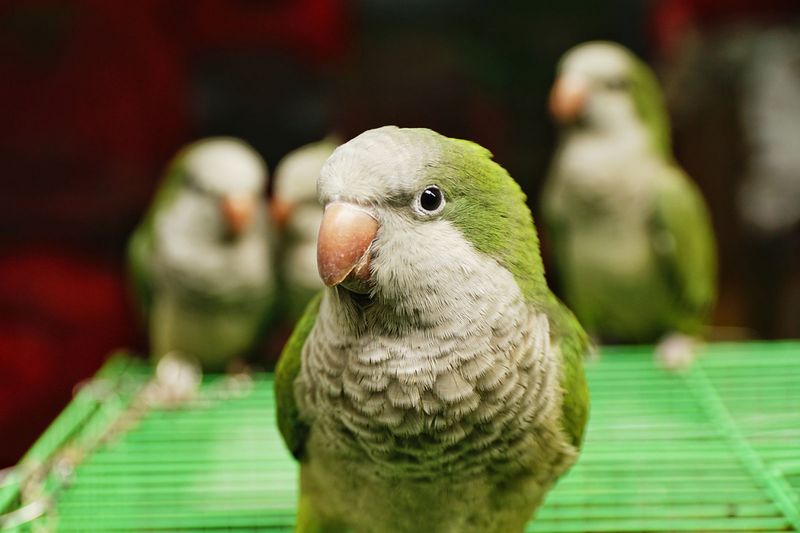
Don’t let their modest size fool you – Quaker parrots (also called Monk parakeets) pack impressive volume into their compact frames. These social birds communicate constantly with chattering, squawking, and mimicked phrases.
In the wild, they build massive communal nests and coordinate through loud calls. This instinct translates to domestic settings, where they announce every visitor, meal, or interesting shadow. Their chattiness peaks during morning and evening hours, creating natural (but loud) bookends to your day.
7. Eclectus Parrots
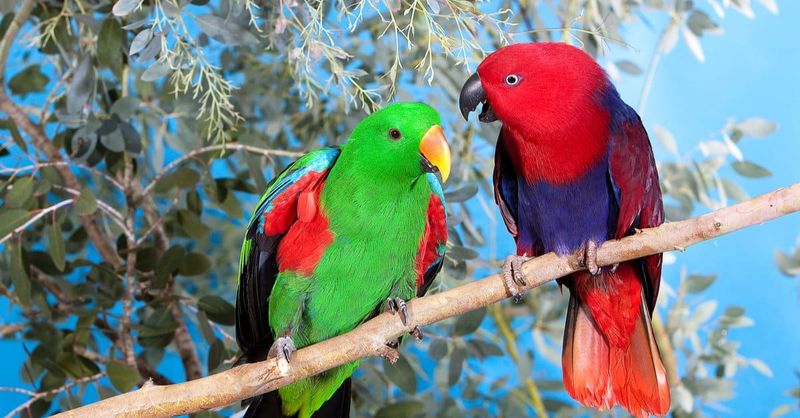
With their striking sexual dimorphism (males are emerald green, females ruby red), Eclectus parrots appear regal and composed. Don’t be fooled by their dignified appearance – these birds produce startlingly loud calls when motivated.
Female Eclectus tend to be particularly vocal, with harsh, abrupt squawks that catch new owners off guard. Their calls serve as effective communication in dense rainforest habitats. Unfortunately, your living room lacks the same sound-dampening foliage, making their calls seem even louder indoors.
8. Cockatiels
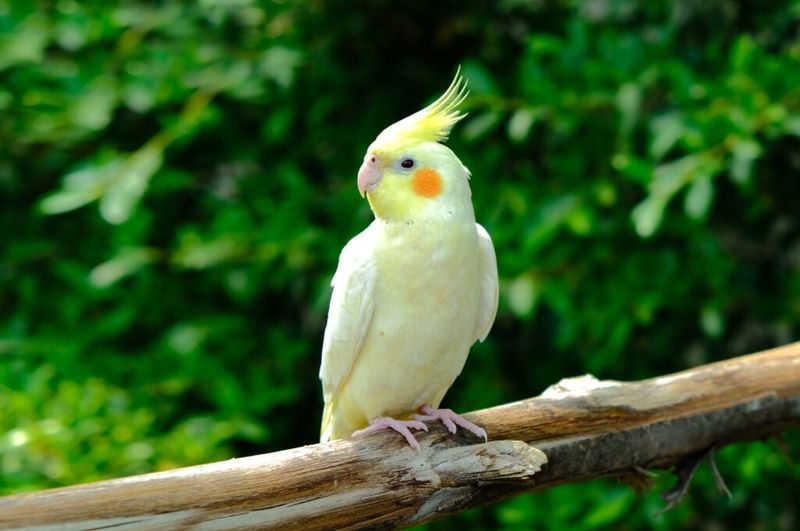
Male cockatiels become feathered jukeboxes, whistling constantly to impress potential mates (or their human companions). Their repertoire often includes popular tunes, phone ringtones, and microwave beeps – repeated for hours.
While not as deafening as larger parrots, their persistent whistling creates a constant soundtrack. Females tend to be quieter, but both sexes produce piercing “contact calls” when separated from their flock. These small birds can whistle with surprising volume when motivated!
9. Indian Ringneck Parakeets
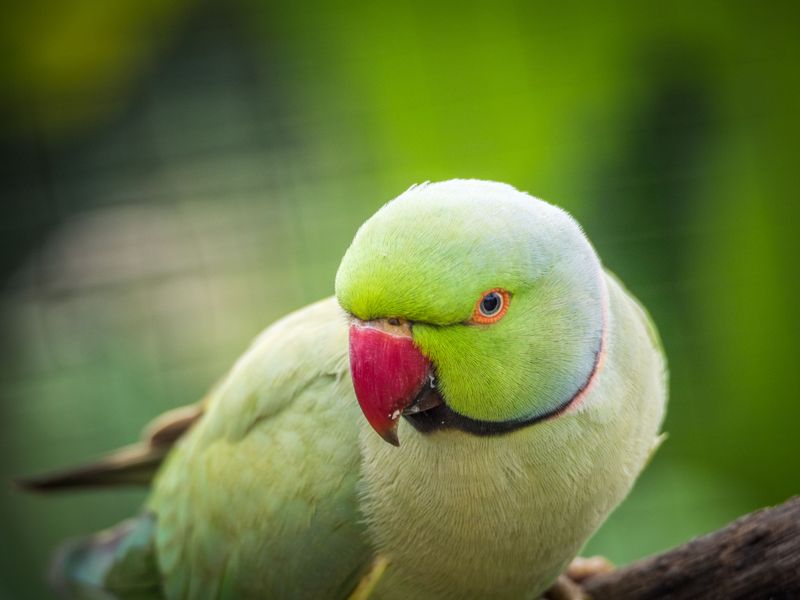
Behind those beautiful colors and distinctive neck rings lurks an impressive set of lungs. Indian Ringnecks produce sharp, sudden screams that seem to come from nowhere, often startling unprepared owners and visitors alike.
They develop extensive vocabularies, mimicking phrases with crystal clarity – unfortunately at maximum volume. Their calls evolved to carry across open fields in their native habitats. Male Ringnecks tend to be more vocal, especially during breeding season when they’re determined to attract attention.
10. Pionus Parrots
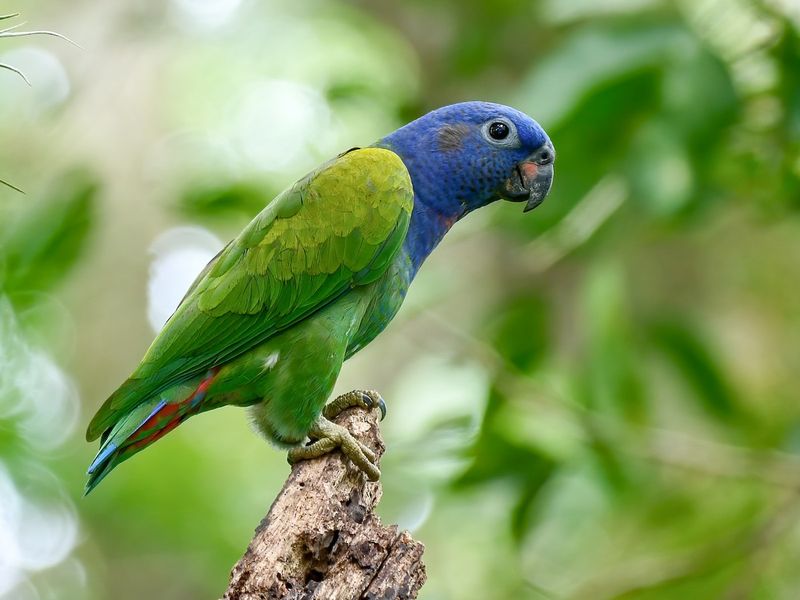
Generally considered “quieter” parrots, Pionus species still produce distinctive vocalizations that might surprise new owners. Their unique respiratory wheeze sounds like asthmatic breathing – an odd but loud sound that carries through homes.
When startled or excited, they produce sharp squawks that pierce through ambient noise. Their alarm calls serve as effective warning systems, alerting you to approaching delivery trucks or neighborhood cats. While not constant screamers, their occasional outbursts can reach impressive decibel levels.
11. Lovebirds
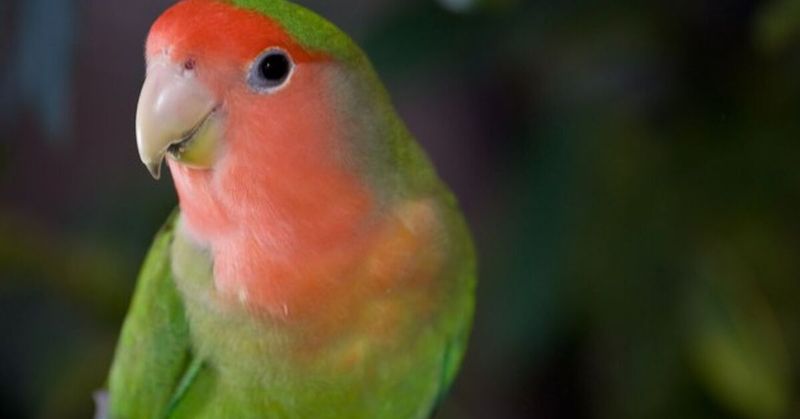
Don’t let their diminutive size fool you – these small parrots produce remarkably loud chirps and squawks. Lovebirds communicate constantly with high-pitched vocalizations that easily penetrate closed doors.
Their territorial nature makes them particularly vocal when defending their space. Morning chirping sessions start precisely at dawn, functioning as nature’s least subtle alarm clock. While adorable in appearance, their persistent high-pitched calls can become challenging in apartment settings where sound carries between units.
12. Caiques
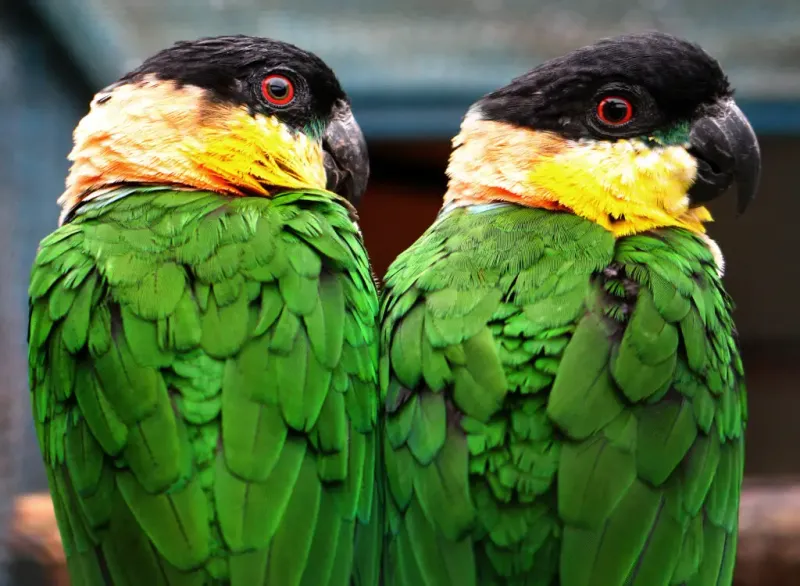
These playful “clowns of the bird world” combine athletic movements with impressive vocalizations. Caiques produce sharp, excited calls during play sessions, turning quiet afternoons into noisy circus performances.
Their distinctive contact calls sound like high-pitched whistles followed by chattering notes. Black-headed and white-bellied caiques both excel at creating enthusiastic soundtracks for their bouncing, hopping play sessions. Their excitement is infectious but can become overwhelming during video calls or quiet evenings!
13. Budgerigars
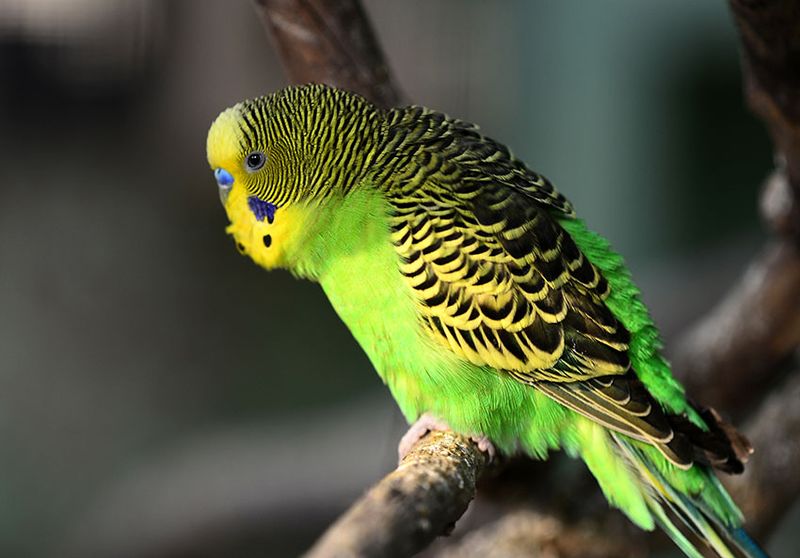
Commonly called budgies or parakeets, these popular small birds create continuous soundscapes of chirps, warbles, and chatter. While individual sounds aren’t particularly loud, their persistent vocalizations create a constant background noise.
Males especially engage in extended “conversations,” practicing words and sounds for hours. Their flock mentality means one excited budgie quickly triggers the entire group. A single budgie might seem manageable, but multiple birds create surprising volume levels through their combined enthusiastic communications.
14. Conures
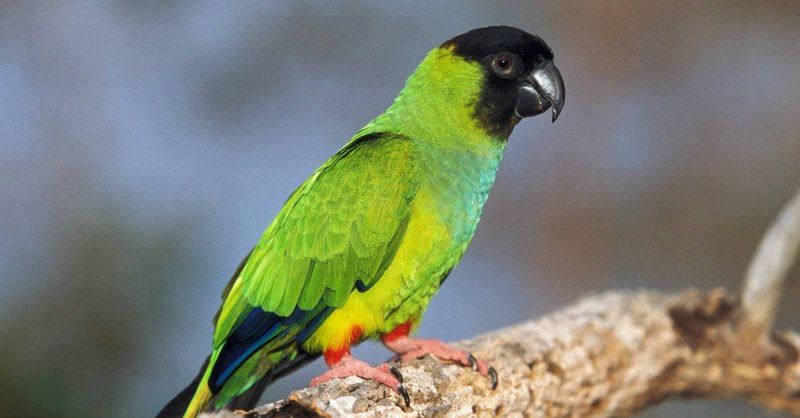
Beyond the famously loud Sun Conure, other conure species like Green-cheeked, Nanday, and Jenday varieties all contribute significant volume to households. These medium-sized parrots communicate through sharp contact calls designed to locate flock members.
Morning and evening “social hours” feature particularly enthusiastic screaming sessions. Their piercing calls evolved to carry through dense forest canopies – an evolutionary advantage that becomes a household challenge. Even the “quieter” conure species produce impressive volume when excited or seeking attention.
15. Senegal Parrots
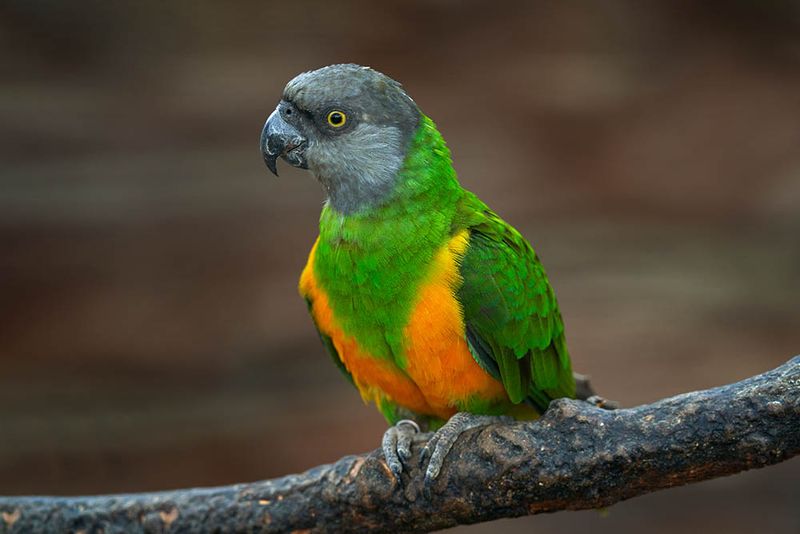
Known for their relatively quiet nature compared to other parrots, Senegals still produce impressive vocalizations when motivated. Their repertoire includes sharp contact calls, melodic whistles, and mimicked household sounds.
What makes Senegals challenging isn’t constant noise but rather unpredictable outbursts. Just when you’re enjoying their companionable quiet nature, they’ll produce startlingly loud calls. Their vocalizations tend to increase during seasonal changes or when they feel territorial about their cage space.

